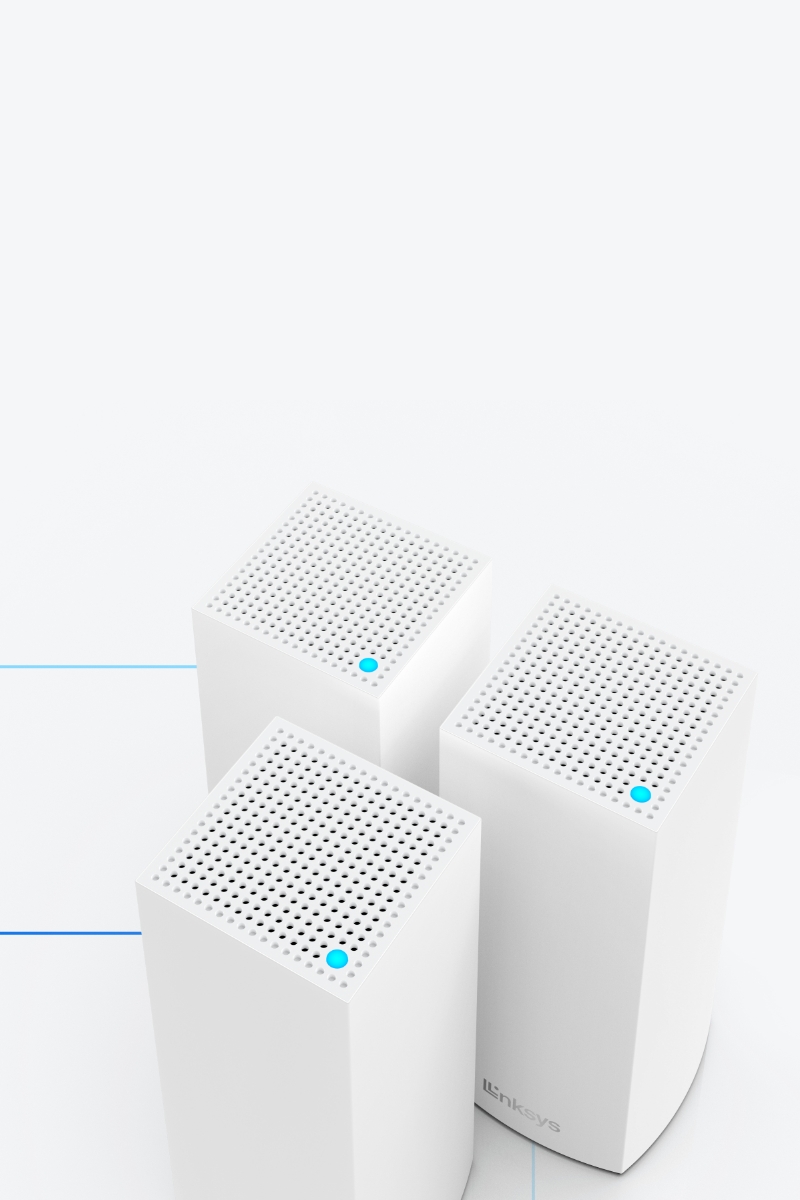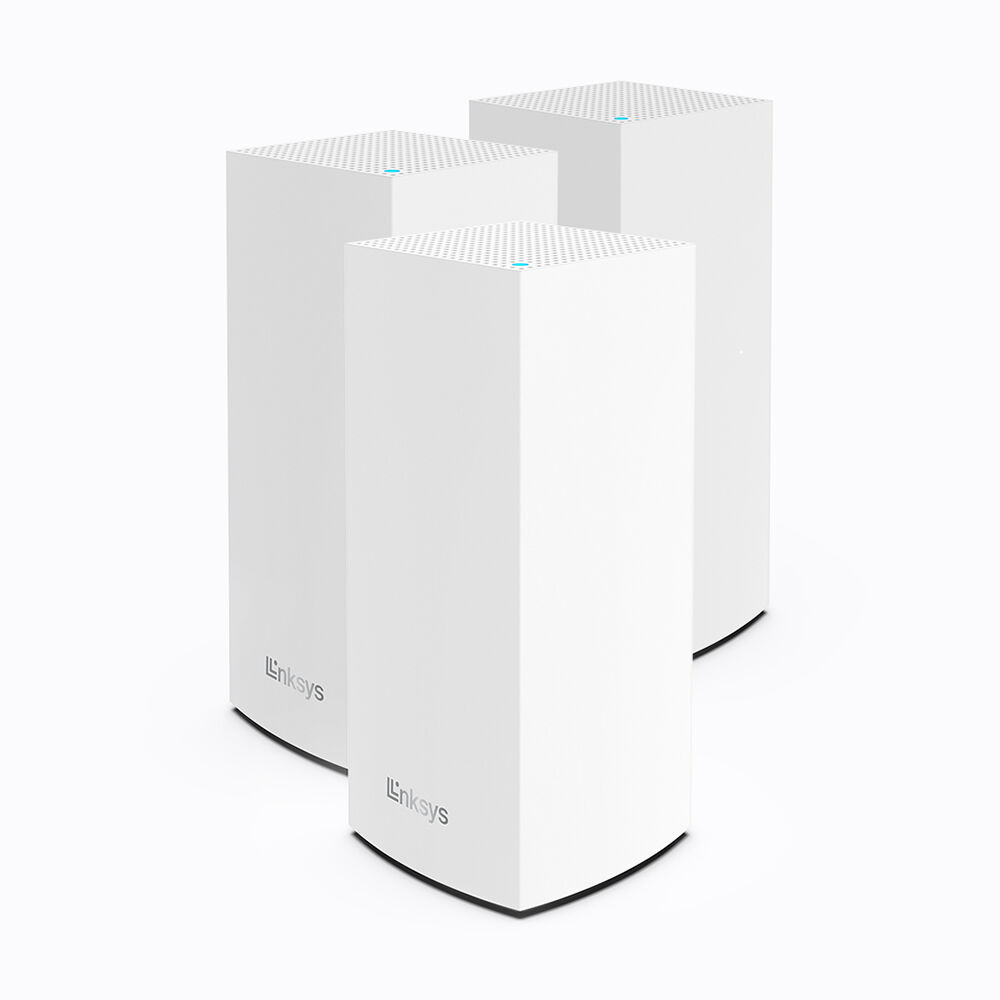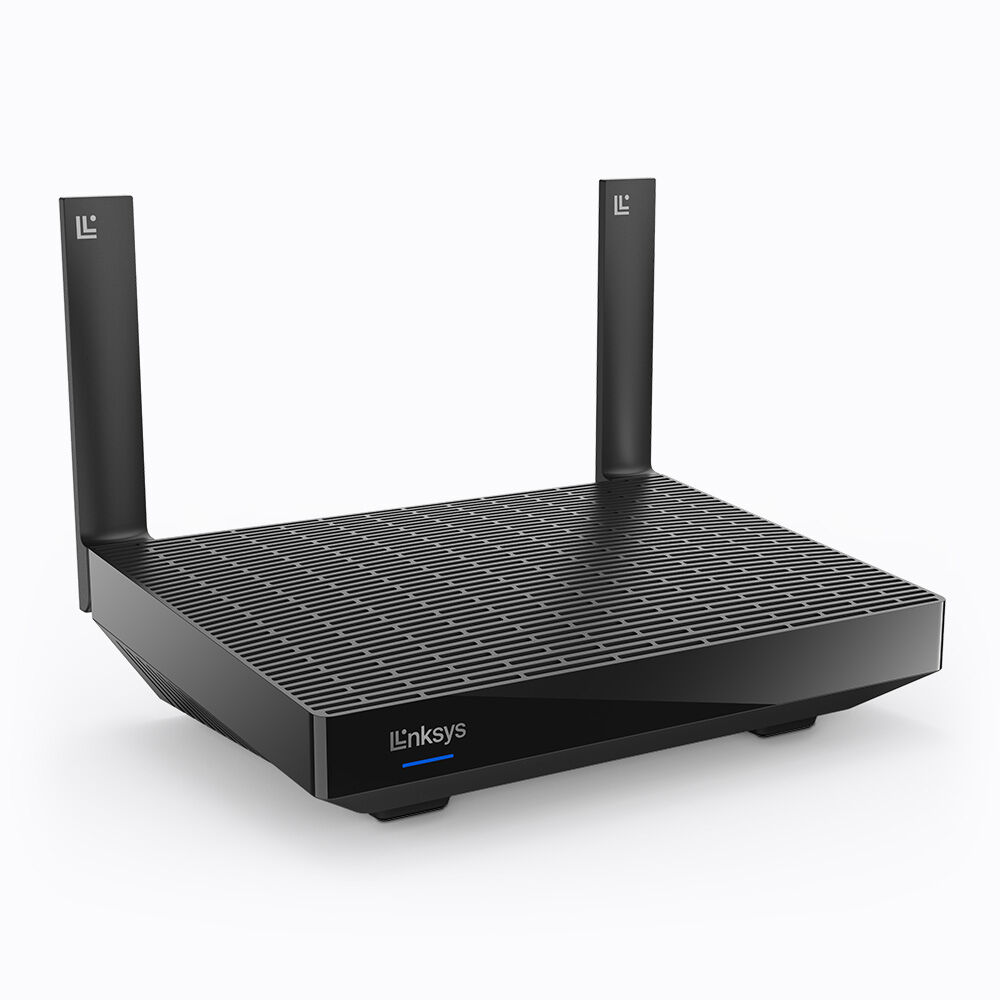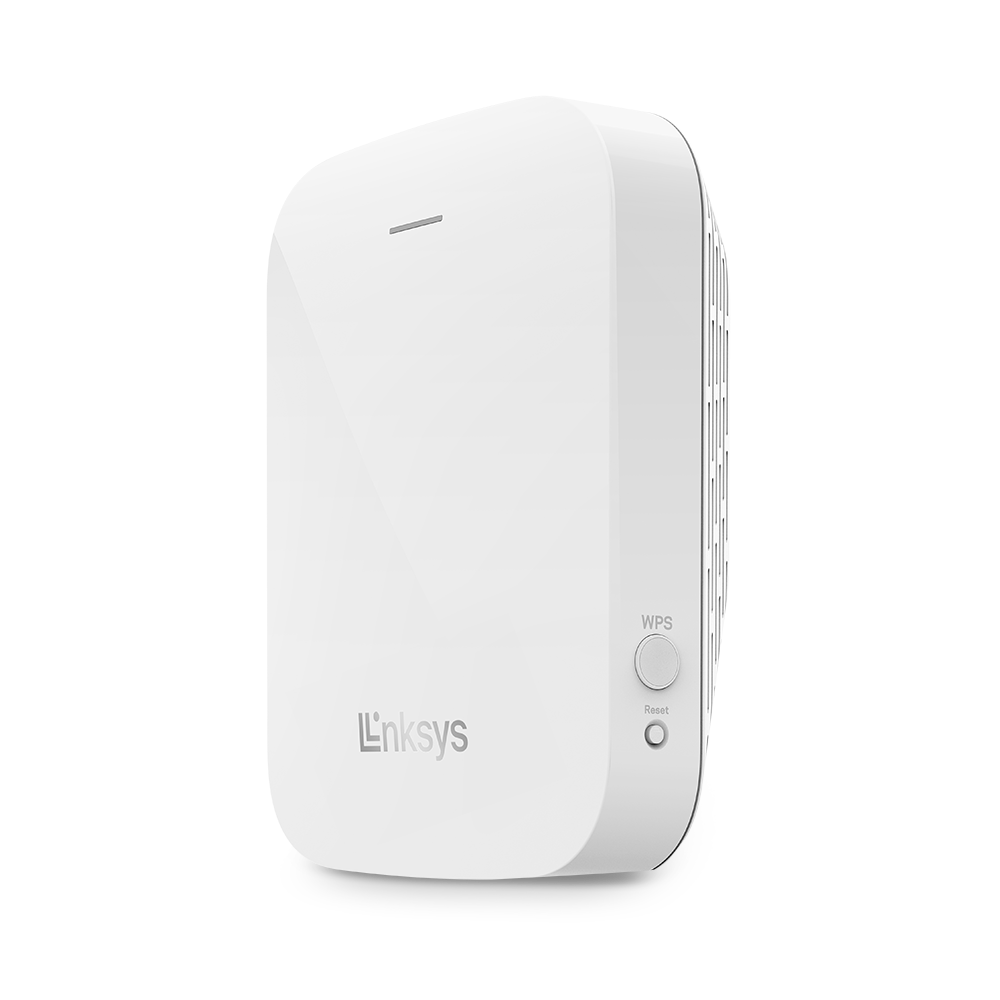Shop for Home
We've got you covered for...

Connecting is as Easy as 1, 2, 3.
The Linksys App makes set up simple and gives you control over your WiFi anywhere, anytime.
- Download the Linksys App
- Connect to your network
- Easily control your WiFi
Direct from the Source
Always get the best price and support when buying direct from Linksys.com

Fast free shipping

Hassle-free returns

Simple, secure checkout
Popular Topics
Need Help?
We're here for you. Our team of experts is always one call, chat, or tweet away.

Call Us
Click on the link below for our list of global support numbers.
Chat with Us
Chat with a customer support agent directly from your desktop.

Post on Reddit
Join and subscribe to our official Reddit Community


















